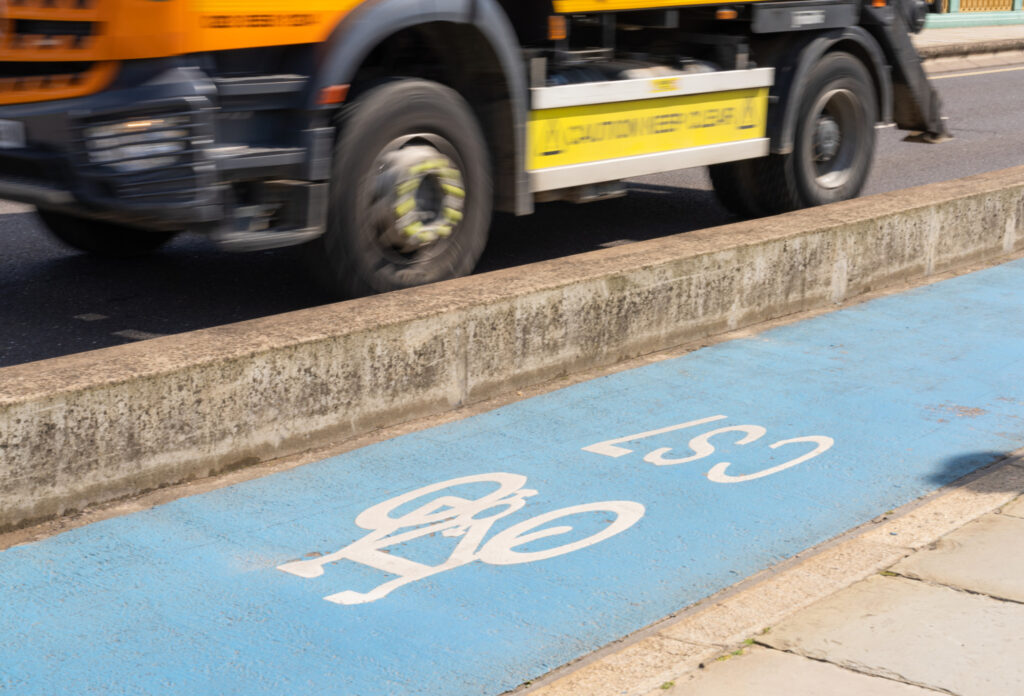U.S. to study side guards, but Canada has already rejected them
U.S. regulators face a tough engineering challenge as they explore whether side guards should be mandated on trailers.
While the National Highway Traffic Safety Administration (NHTSA) has committed to establishing a federal advisory committee that will look at the issue — building on a decision to mirror Canada’s rules for rear underride guards — Transport Canada has previously rejected the idea.
There’s admittedly a key difference in the approaches, says Don Moore, director – government and industry relations at the Canadian Transportation Equipment Association (CTEA). Transport Canada focused on the role such guards would play in protecting vulnerable road users like cyclists and pedestrians. The U.S. is looking for ways to block cars from driving underneath trailer floors.

Canada’s transport regulator ultimately rejected a recommendation by Ontario’s chief coroner, which called for such guards to be mandated after reviewing the deaths of 129 cyclists in the province between 2006 and 2014. The Federation of Canadian Municipalities made a similar call in 2016, and Transport Canada responded with a report on various strategies available to protect vulnerable road users.
Blocking vehicles is another matter entirely, Moore says. “There’s so many different variables, so many different factors involved.”
Cars tend to hit trailer sides at an angle, compared to the straight-on impacts with rear underride guards, Moore explains. The challenges might also be addressed with different technologies such as blind spot detectors. “A lot of technologies coming down the pipe are going to help.”
In the meantime, CTEA is in a position to support smaller U.S. trailer manufacturers looking to meet the tightening requirements for rear underride guards. Before the latest announcement, several had already turned to the association for designs, specifications and supporting documents to meet the Canadian rules. Others are expected to follow suit.
Moore admits he was surprised that U.S. regulators ultimately settled back on the Canadian rules, but adds that it helps reinforce that Canada took the right approach.
“They came back full circle and said, ‘No. The Canadian standard is the way we’re going to go. It’s been shown to be good. It works.’”
Have your say
This is a moderated forum. Comments will no longer be published unless they are accompanied by a first and last name and a verifiable email address. (Today's Trucking will not publish or share the email address.) Profane language and content deemed to be libelous, racist, or threatening in nature will not be published under any circumstances.
My name is Peter Price,i am a structural Engineer P.Eng . I brought side guards to Canada and designed them, based on the mandatory EUROPEAN VERSION.following my daughters death under a dump truck in Montreal in 2005.
Many parts of Canada have already incorporated them on their provincial government trucks and lives have been saved.
For the minimum capital cosr compared to the truck itself.
It is pathetic to refuse such a road safety asset especially in the US.